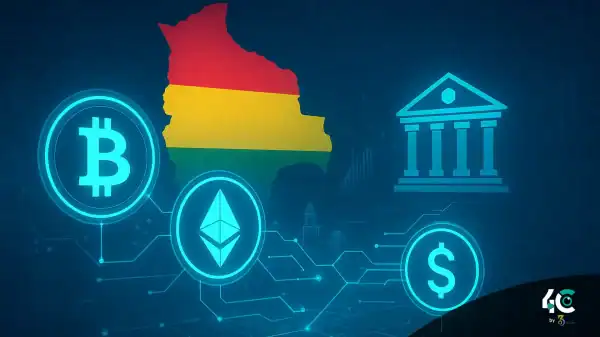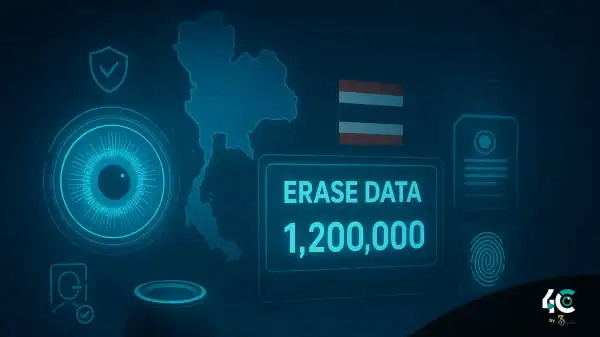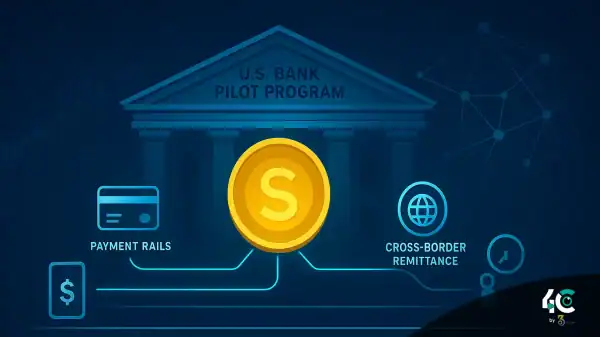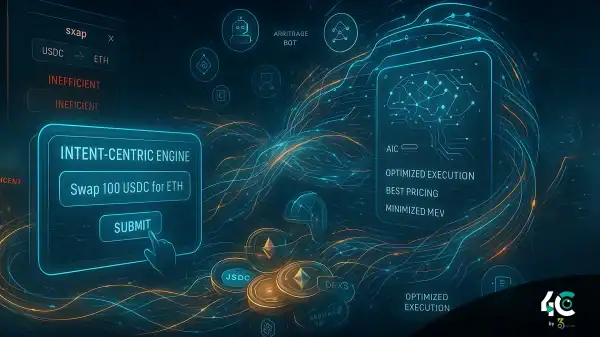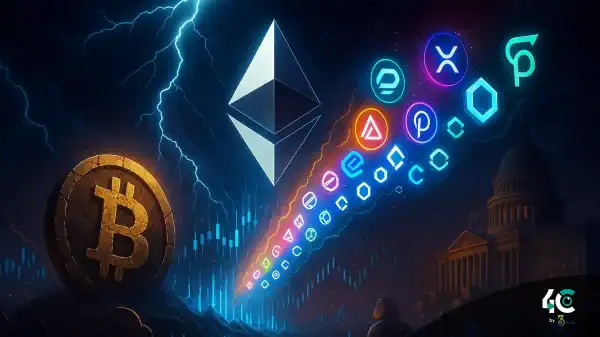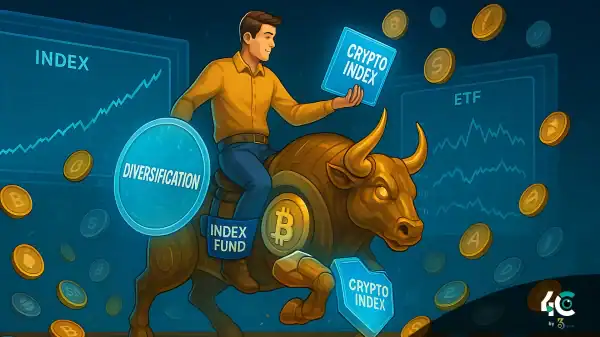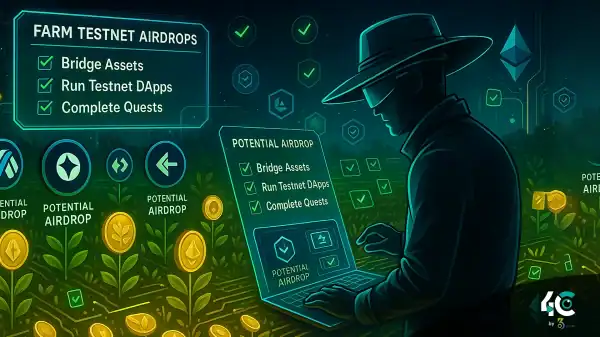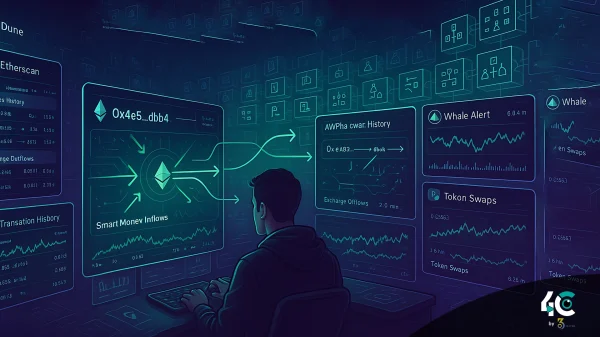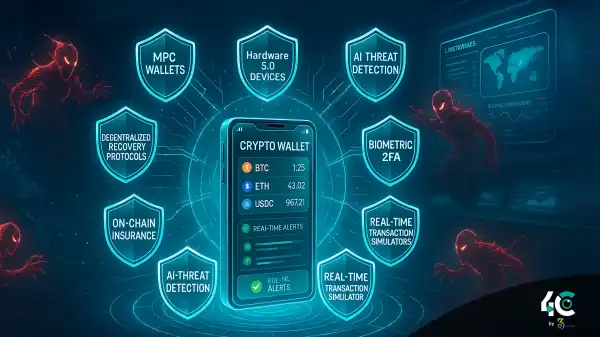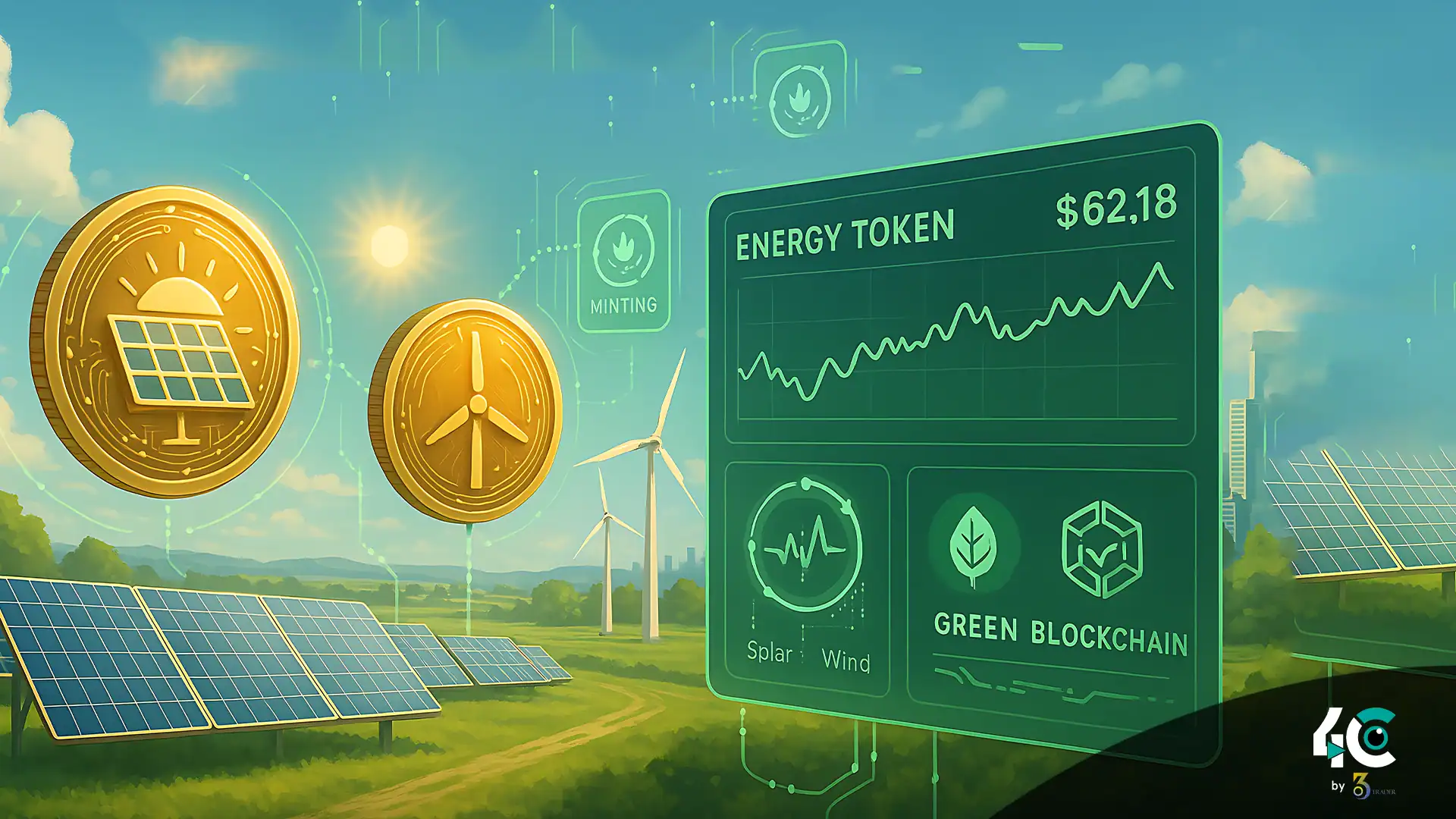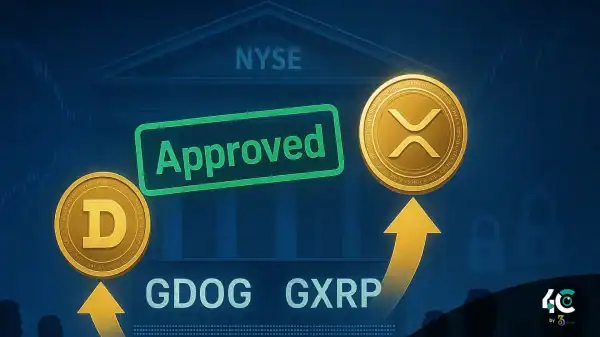The Rise of Energy-Backed Tokens
Energy-backed tokens combine green energy infrastructure with blockchain innovation. These tokens are minted based on actual electricity generated, typically measured in kilowatt-hours (kWh) or megawatt-hours (MWh). The concept is simple: more clean energy produced equals more tokens minted.
Examples of Energy-Backed Projects
- SolarCoin (SLR): A token that rewards solar producers with 1 SLR for every verified MWh of solar energy added to the grid.
- Power Ledger (POWR): A platform enabling peer-to-peer solar energy trading using blockchain.
- WePower (WPR): A now-defunct project that allowed tokenization of future renewable production for investment purposes.
These platforms leverage blockchain to provide proof of energy quantity and quality, giving each token verifiable, real-world backing.
How Climate-Related Minting Works
- Data Collection & Verification: Smart meters or IoT sensors measure energy output. Third-party audits or automated blockchain validation confirm the data.
- Token Rules: Example – 1 SolarCoin = 1 MWh of verified solar power.
- Smart Contracts: Once data is verified, tokens are minted automatically and added to the blockchain.
- Market Forces: Value is driven by energy supply (token issuance) and token demand (trading, utility, or speculation).
Minting vs. Renewable Energy Production
To evaluate if token issuance reflects real-world energy output, we look at four main factors:
- Solar: Peaks in summer; more tokens minted.
- Wind: Peaks in winter in certain regions.
Example: SolarCoin issuance rises in sunnier locations during high-output months.
2. Regional Adoption Rates
- Countries like Germany (solar) and Texas (wind) dominate issuance.
- Areas with low infrastructure distort token circulation averages.
3. Technological Innovation
Better panels and larger turbines allow more energy generation without a proportional increase in token output. Efficiency may rise, but token minting may lag.
4. Market Demand & Regulation
- Policy support: Boosts adoption and investor confidence.
- Speculation: Can inflate or deflate prices, undermining energy-based valuations.
Case Study: SolarCoin vs. Global Solar Output
Phase 1: Early Adoption (2014–2018)
- Token issuance mirrored early global growth.
- But adoption was limited due to low awareness.
Phase 2: Plateau Period (2019–Today)
- Despite booming solar capacity, SolarCoin issuance slowed.
- Indicates awareness and integration challenges—minting doesn’t always match output.
Opportunities and Limitations of Energy Tokenomics
Opportunities
- Green Incentives: Tokens reward clean energy producers.
- Transparency: Blockchain offers immutable records.
- Digital Trading: Native compatibility with crypto trading platforms.
Limitations
- Lack of Adoption: Producers often unaware of blockchain.
- Speculation Risks: Undermines token utility as store of value.
- Scalability Issues: Complexities in integration and infrastructure.
Conclusion: Bridging Crypto and Renewable Energy
Energy-backed tokens offer a promising bridge between the digital economy and environmental sustainability. By tying minting to verified renewable outputs, these systems promote transparency and incentivize clean energy growth.
To reach their full potential, stakeholders must:
- Educate renewable producers.
- Standardize data validation methods.
- Create real-world use cases beyond speculation.
Conclusion
Digital currencies like SolarCoin and Power Ledger show that renewable energy can be tokenized and monetized. But these projects need stronger adoption and closer ties to energy output to thrive. If implemented correctly, energy tokenomics can help merge crypto markets with global sustainability goals—fueling innovation and accelerating decarbonization.


